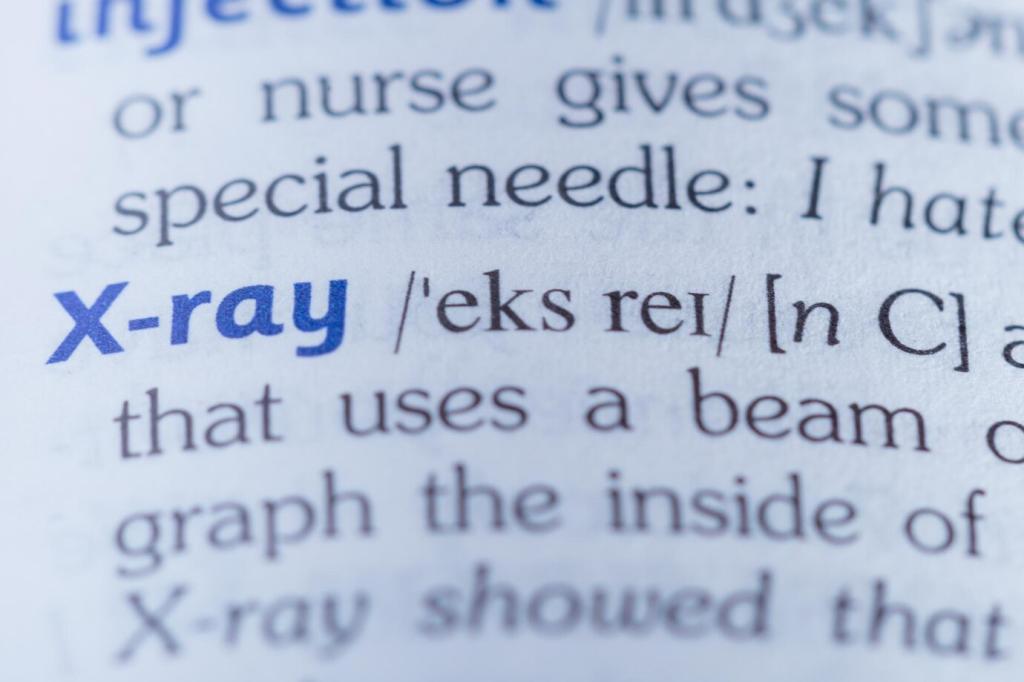Comparative Review of Premier Language Institutes: Choose With Confidence
Chosen theme: Comparative Review of Premier Language Institutes. We unpack what truly separates top-tier schools, from curriculum depth to student outcomes, so you can invest your effort wisely. Join our community, subscribe for new comparisons, and tell us which institutes you want matched up next.

Evaluation Criteria That Matter
Strong institutes map syllabi to CEFR or equivalent frameworks, scaffold skills in sequenced modules, and integrate authentic materials early. Look for explicit learning outcomes per unit, performance-based assessments, and task-oriented projects that replicate real communication. Ask for sample syllabi and assessment rubrics to confirm substance, not just slogans.
Evaluation Criteria That Matter
Premier schools invest in instructors with MA TESOL or Applied Linguistics, DELTA, or equivalent credentials, plus observed teaching cycles and ongoing PD. Expect evidence of differentiated instruction, form-focused feedback that supports fluency, and transparent teacher development plans. Request demonstration lessons or class observations to see pedagogy in action.



Smaller cohorts enable more targeted feedback and student talk time, but methods matter even more. Top programs plan peer interaction with clear speaking roles, rotating feedback focus, and teacher coaching on form. Ask how many individual feedback points you will receive weekly, and what tools instructors use to track your progress.

Look for stable learning platforms with integrated analytics, mobile-first practice, and timing-sensitive pronunciation or listening tools. Leading institutes combine synchronous sessions with structured asynchronous tasks that build momentum. Trial logins reveal whether materials are polished, interactive, and accessible, or simply PDFs hidden behind a login.

Language grows in community: clubs, conversation tandems, cultural outings, and themed projects tie classroom goals to lived experiences. A student once told us a film club debate improved her spontaneity more than any grammar drill. Ask for a monthly activities calendar and student-led events that encourage low-stakes speaking practice.
Accreditation, Reputation, and Trust
Seek accreditation from respected bodies with transparent standards and periodic on-site reviews. Quality audits should examine curriculum coherence, assessment validity, and teacher development, not just administrative compliance. Ask institutes how they closed gaps identified in recent audits and what milestones they track between review cycles.

Online vs. On-Campus: What’s Best for You?
Flexibility Versus Structure
Online options shine for busy professionals, but the best programs balance flexible pacing with non-negotiable touchpoints. Expect weekly live sessions, scheduled feedback windows, and progress dashboards. On-campus formats offer routine and community presence. Reflect on your schedule, self-regulation style, and preferred accountability before deciding.
Access to Native Input and Real-World Practice
On-campus learners often benefit from ambient language and spontaneous interactions. Online learners can still get authentic input through curated conversation partners, live events, and local field tasks. The strongest institutes engineer assignments that push you into genuine talk, whether across a desk or through a screen.
Hybrid Models That Actually Work
Effective hybrids give each mode a job: in-person for collaboration and performance, online for intensive practice and reflection. Look for flipped lessons, microlearning sequences, and coaching that ties both spaces together. Ask how instructors coordinate artifacts—notes, drafts, recordings—to sustain progress across the week.
Case Snapshots: How Top Schools Differ
Institute A: Test-Prep Powerhouse
This model prioritizes diagnostic testing, targeted drills, and timed simulations. Students who need credentialed scores fast thrive here, especially with structured homework and analytics. However, ensure balanced speaking tasks and feedback, so exam tactics do not eclipse communicative growth you will need after the test day.
Institute B: Immersion-First Philosophy
Expect project-based learning, community events, and content-rich classes built around films, articles, and debates. Learners seeking fluency and cultural literacy benefit from constant authentic input. Check that grammar attention is systematic, not incidental, and that instructors coach form while keeping fluency momentum alive.
Institute C: Career-Focused Pathways
Here you will find industry tracks, portfolio tasks, and interview labs. Professionals aiming to pivot roles or relocate gain targeted vocabulary, email mastery, and presentation coaching. Verify mentorship access, capstone quality, and employer feedback loops to ensure the pathway leads to concrete workplace communication gains.


How to Choose: A Practical Roadmap
Write a one-sentence goal with a date, such as achieving B2 speaking confidence by December. Name the contexts where language must perform: meetings, academia, or travel. Prioritize two metrics you will track weekly. Clarity now prevents shiny-object switching when you compare impressive but misaligned programs.
